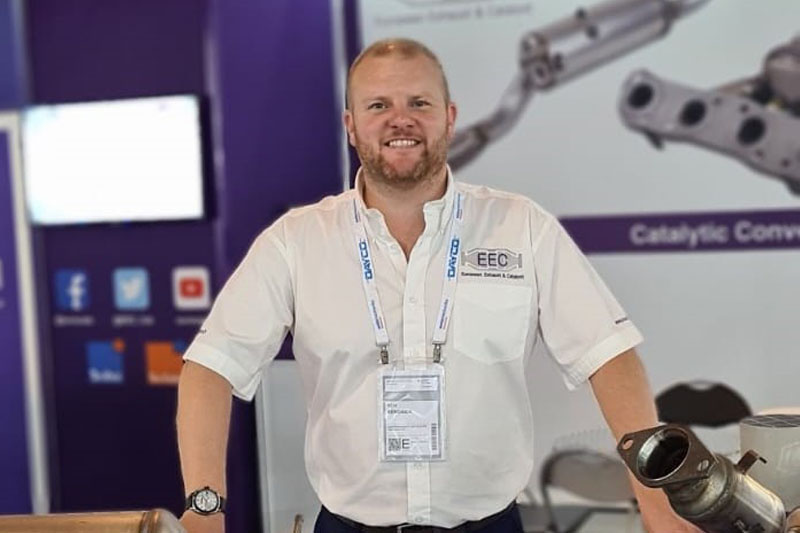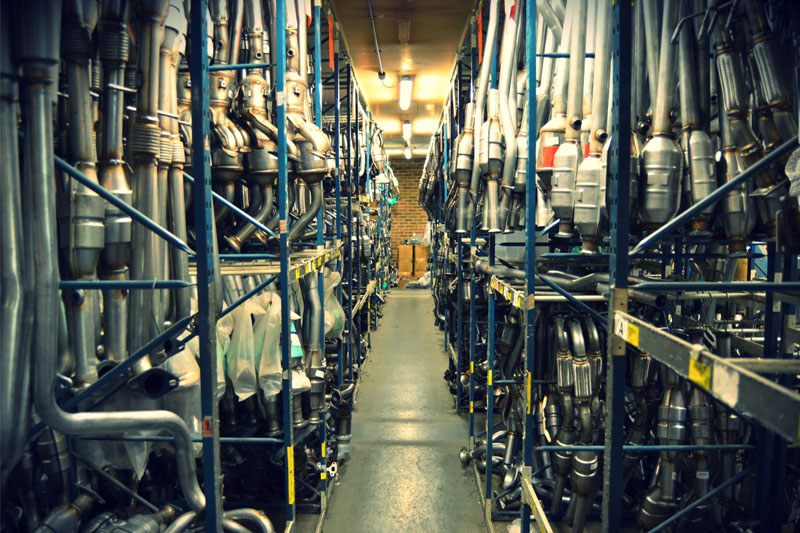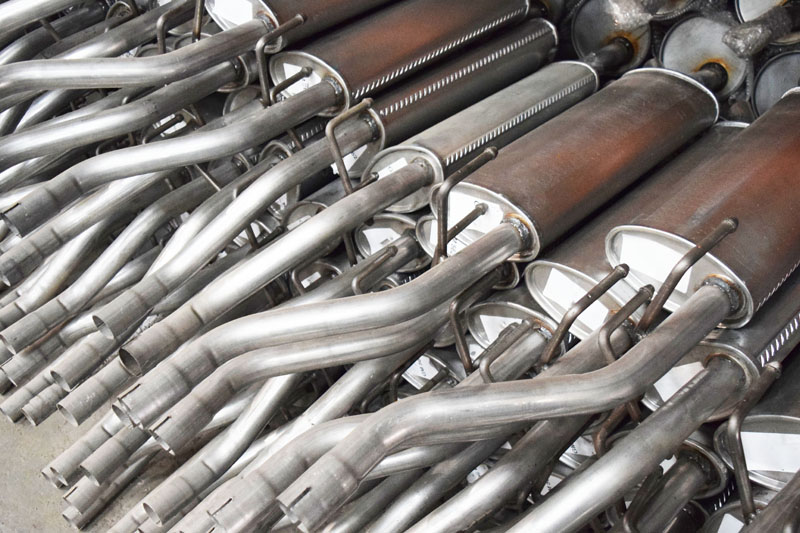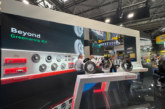What should you hold in stock?

“What should I hold in stock?”: That’s a question that Ben Kendrick from EEC has been asked countless times over the last 20 years. A simple query that opens the door to a larger conversation about strategy, customer needs and realities of the trade.
To hold a wide variety of stock, to cover the vast array of vehicles on the road today, this means covering emissions products, like exhausts, catalytic converters and DPFs. These are critical to completing a comprehensive offering to customers; however, they come with their own unique set of challenges: emissions products are often large, heavy, awkward to handle, and not exactly the most attractive items on the shelf. Let’s face it, no one is going to put a DPF on display for its good looks.

Despite their higher price point, emissions products tend to account for a smaller percentage of overall turnover when compared to faster-moving parts, such as filters, brake pads or spark plugs. That makes them a bit of a conundrum: important to have, yet not always the easiest to justify in bulk.
On the other hand, service items and braking components are typically easier to store, quicker to sell and come in stackable, uniform boxes. They fly off the shelves in higher volumes and contribute significantly to your cash flow. Logistically, it’s much more convenient to fill a warehouse with boxes of oil filters than it is to dedicate racks of shelving to variously shaped exhausts.
The space-time-cost triangle
Warehouse space is finite, and the more emissions stock you hold, the less room you have for high-turnover items. This balancing act is the foundation of good stock management. Get it right, you’ll have what your customers need when they need it; get it wrong, you risk tying up capital in slowmoving stock while missing out on faster sales elsewhere.
So, how do you decide what to hold? At EEC, we’ve spent years fine-tuning this process. We use a combination of car parc data, historical sales patterns and national pareto performance to make informed recommendations to our customers. This data-led approach means that the parts chosen are not just popular nationwide but are also relevant to the specific area and customer base any factor serves.

One rule that remains consistent in the UK is the traditional 3:1 ratio of exhausts to catalytic converters to DPF sales. This serves as a good starting point for building an emissions inventory. But what’s more important is understanding how customer demand has changed over time. In recent years, we’ve seen the pareto curve – the 80/20 rule – become even more pronounced in the emissions sector. A handful of part numbers are now responsible for a much larger portion of total sales.
Whereas in the past, some factors would carry 3,000-plus exhaust SKUs to cover over 90% of the car parc, today that same level of coverage can often be achieved with just a few hundred part numbers. In some highly targeted setups, customers are successfully operating with only a few dozen core SKUs and still achieving consistent turnover.
In addition, the advent of same-day suppliers also made this easier as they offer a distress purchase, often across the country. Although a premium is paid for this service it allows you to reduce stock holding; however, they can sometimes be relied on too much, affecting margin.
Stock is jus the beginning
Getting the right stock in the right place is step one – but having it sit on a shelf collecting dust defeats the point. Active stock management is just as important as initial profiling. At EEC, we work closely with our customers to monitor stock performance and ensure that what goes in also goes out.
After a reasonable settling period – usually a few months – we’ll review the customer’s sales data alongside updated car parc insights and national pareto shifts. If something hasn’t moved, we ask why – has demand shifted? Is the part still relevant? If not, we pull out non-movers and replace them with newer high-demand parts. This reprofiling process keeps the stock lean, relevant and profitable.

The future of emissions
With the industry talking more and more about electrification, you might be tempted to hold less emissions products. While EVs are growing, petrol and diesel cars still dominate the road. According to recent data, the majority of UK vehicles remain ICEbased, meaning the demand for catalytic converters, DPFs and exhausts is going nowhere – at least for the foreseeable future. In fact, as these vehicles age, the demand for replacement emissions products could increase in the short to medium term. Well-managed stock in this area will continue to deliver strong returns.
Stocking emissions parts doesn’t have to be difficult or overwhelming. With the right strategy, data and support, it can be a reliable source of both turnover and profit. The key lies in understanding your customer base, tracking what’s working and being willing to adapt when it isn’t.
At EEC, we’re committed to helping our customers hold the right parts, in the right quantities, at the right time. When done well, emissions stock can become a key component of a successful, modern factor offering – even in an industry evolving towards electric.








